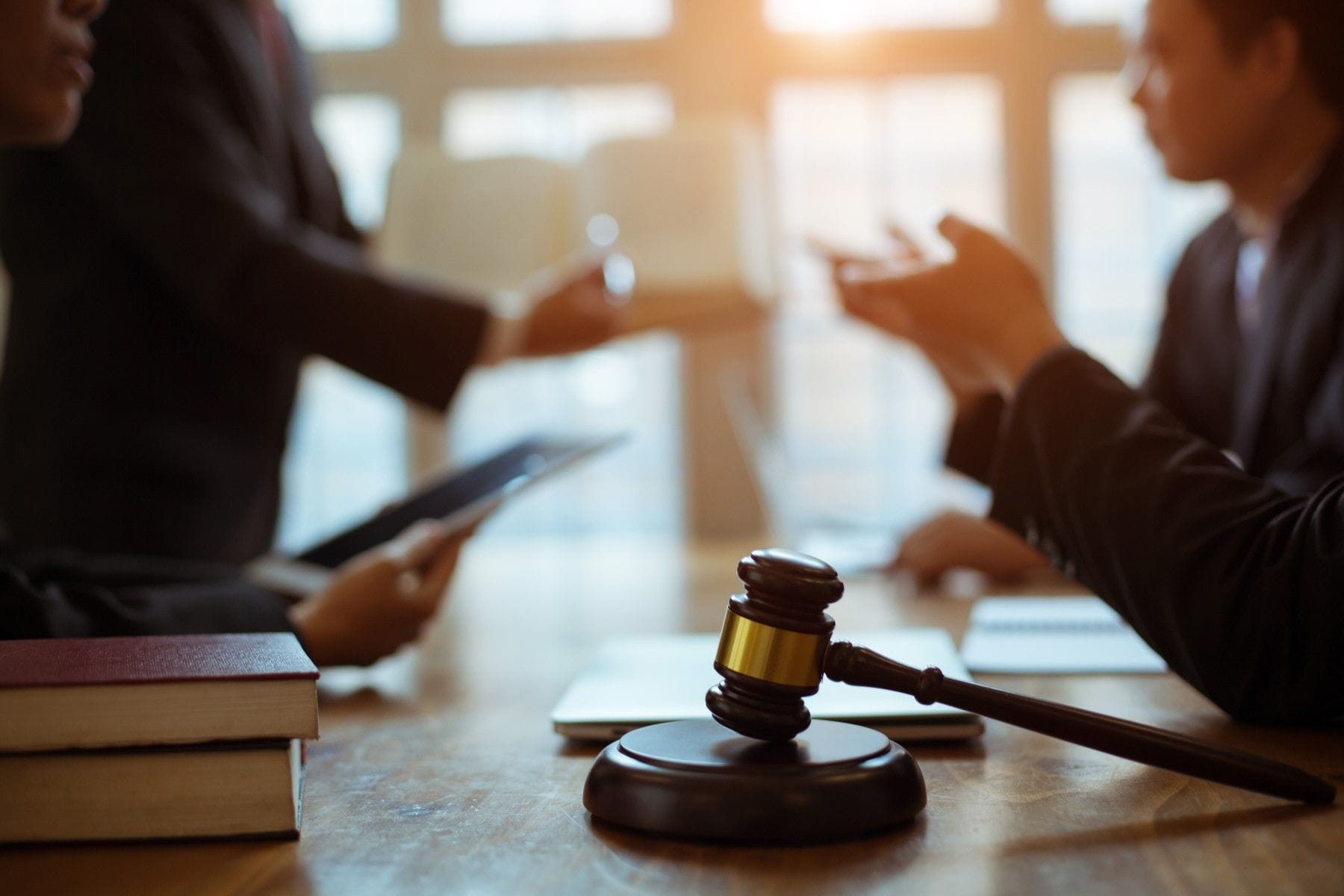Anchoring Technique: How Expert Witnesses Can Play a Role
Experts use anchoring to subtly shape juror perceptions of value or damages, turning first impressions into powerful, lasting reference points.
Updated on
Jurors often enter a courtroom with no baseline for evaluating complex figures, particularly when it comes to damages or valuations. In these instances, they rely heavily on expert testimony to guide their understanding. One of the most effective psychological tools at an expert’s disposal is the anchoring technique: a cognitive bias in which people rely too heavily on the first piece of information offered—the "anchor"—when making decisions.
In litigation, especially where valuation or damages are central, strategic anchoring can subtly steer juror thinking. Whether used explicitly or embedded within broader expert analysis, anchoring can shape outcomes in powerful ways.
The Psychology of Anchoring in the Courtroom
The anchoring effect was first documented by Tversky and Kahneman in the 1970s. The premise is simple: once a number is introduced, subsequent judgments tend to cling closely to that value—even when it’s arbitrary or presented without supporting data. In court, this psychological phenomenon is particularly potent because jurors must make judgments in unfamiliar terrain, often with high stakes.
A 2015 study published in Psychology, Public Policy, and Law found that mock jurors presented with higher damages requests awarded significantly more in damages than those given lower anchors for the same case facts. Importantly, this occurred even when jurors believed they were disregarding the initial number. This reveals a key insight: anchoring can shape perception beneath conscious awareness, and its impact is difficult to undo once seeded.
Strategic Use of Anchoring in Expert Testimony
Expert witnesses are uniquely positioned to use anchoring effectively. Unlike attorneys—whose motivations may appear overtly strategic—experts are perceived as neutral and objective. This perceived neutrality makes their valuations and estimates particularly sticky in the minds of jurors.
There are several ways an expert might incorporate anchoring into their testimony:
- Damage Valuations: In personal injury, product liability, or wrongful death cases, economic experts may present lifetime earnings loss or long-term care costs using an initial estimate as a foundation. The first figure mentioned—no matter how well supported—becomes a cognitive benchmark for jurors.
- Market Valuations: In commercial litigation or intellectual property disputes, valuation experts often present a range of market values. Here, the highest credible figure can serve as an anchor, even if the jury ultimately settles on a midpoint.
- Benchmark Comparisons: Experts may introduce industry standards or comparable case verdicts to contextualize damages. Even when positioned as background, these figures often act as implicit anchors.
Legal Considerations and Risks
Despite its efficacy, anchoring must be used with care. If an anchor appears unreasonably high or is poorly substantiated, it can damage credibility—not only of the expert, but of the entire case theory.
Courts have also begun scrutinizing excessive or manipulative anchoring attempts. For example, in Estate of Sisk v. Manzanares, the Tenth Circuit criticized a plaintiff’s expert for introducing an “inflated and speculative” anchor in a wrongful death case. The court warned that speculative testimony, even from experts, could mislead jurors and result in reversible error.
To mitigate such risks, experts should:
- Ground anchors in verifiable data or methodology
- Be transparent about assumptions used in projections
- Offer a range of values while emphasizing one as most reliable
- Prepare for cross-examination challenges to the anchor’s foundation
When done carefully, anchoring can reinforce an expert's credibility rather than undermine it.
Practical Applications in High-Stakes Litigation
In high-damages litigation, the anchoring effect is often the difference between an eight-figure and nine-figure verdict. Consider pharmaceutical MDLs, toxic tort cases, or catastrophic injury claims. Here, medical or economic experts routinely anchor their testimony in the projected cost of care, lost productivity, or comparative settlements.
An expert in a birth injury case might testify that lifetime medical expenses for a child with cerebral palsy will range between $5 million and $7.5 million, based on actuarial tables. Even if the plaintiff's attorney does not explicitly request a specific amount, jurors are now subconsciously anchored to a multimillion-dollar baseline.
Similarly, in a trade secret case, a financial expert might cite a lost business opportunity worth $200 million, grounded in prior contracts, market data, and revenue projections. The opposing side may challenge the methodology, but the number has already shaped juror expectations.
These examples underscore a crucial point: the anchor does not need to be definitive to be effective—it merely needs to be credible.
Counter-Anchoring and Rebuttal Experts
Defense teams are increasingly aware of anchoring's power and employ their own experts to rebut or reset the valuation narrative. A well-prepared rebuttal expert might introduce alternative benchmarks, challenge underlying assumptions, or present a more conservative range to dilute the original anchor's influence.
Psychological research supports the idea of counter-anchoring. Introducing a competing anchor can mitigate the original anchor’s pull, but rarely eliminates it entirely. Thus, while rebuttal experts play an important role, the initial anchor often retains some influence.
Conclusion
Anchoring is not an overt argument—it is a psychological foothold. When used skillfully, expert witnesses can frame the jury’s sense of what is reasonable and what is excessive. They do this not by exaggeration or manipulation, but by introducing a well-supported figure early and allowing jurors to work from that premise.
Given its proven impact, litigators should view anchoring as a strategic tool, and expert witnesses should understand its subtle yet powerful role in shaping verdicts. Properly anchored testimony is not just persuasive—it’s foundational.


